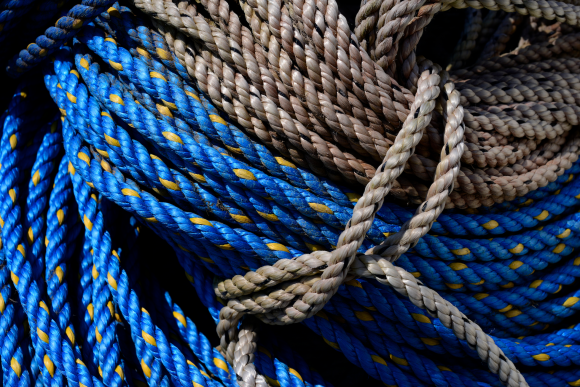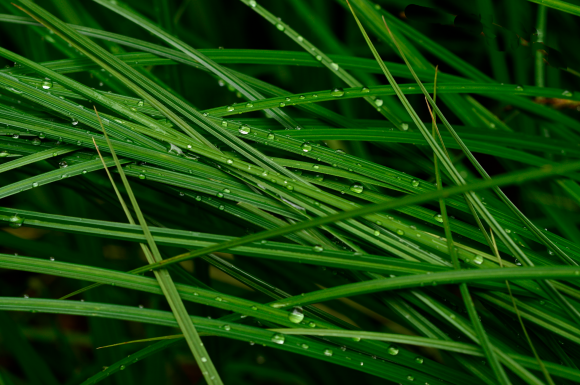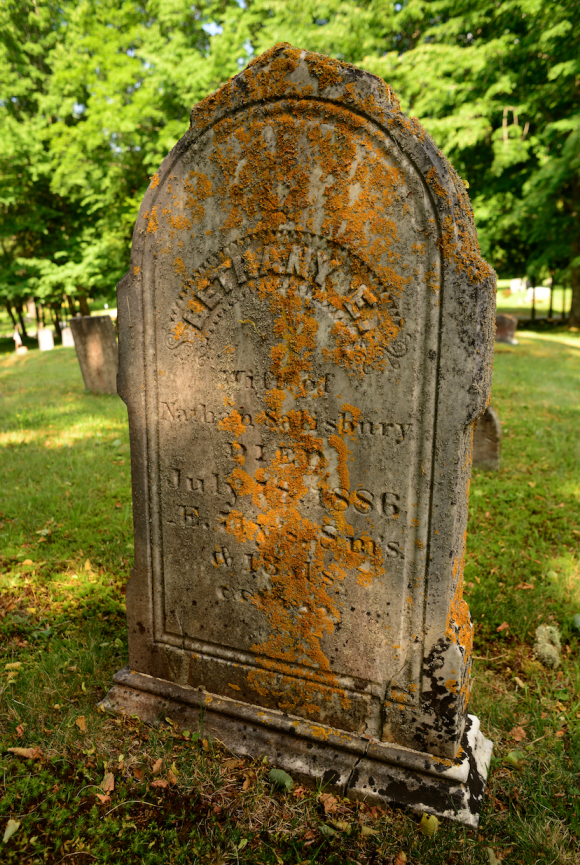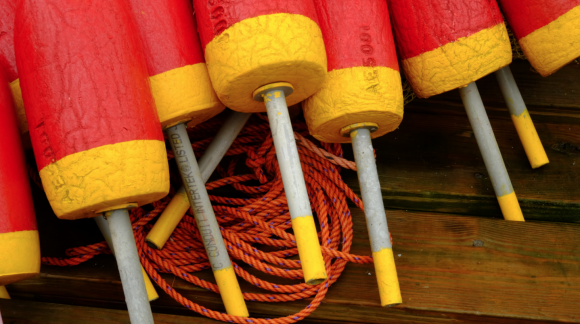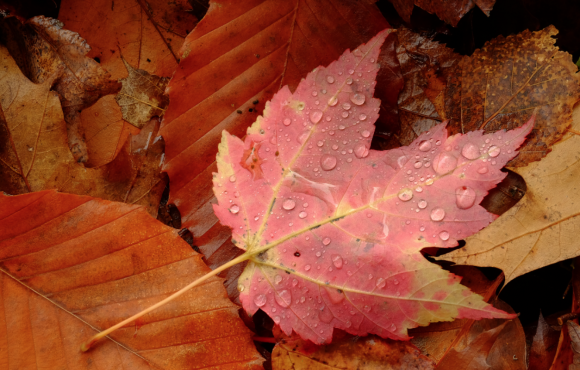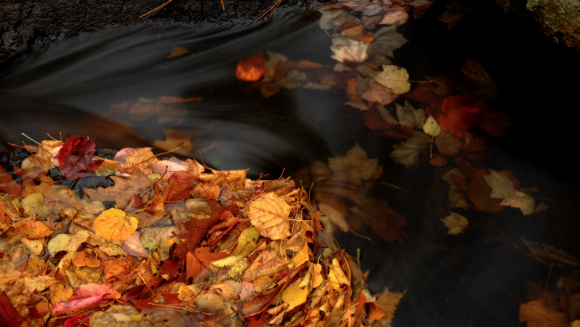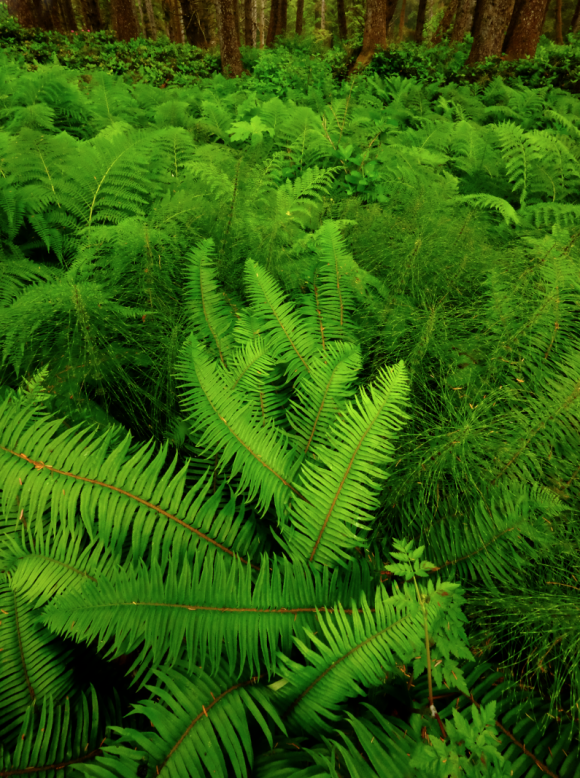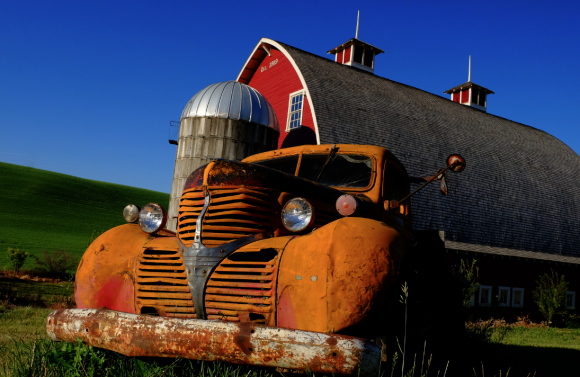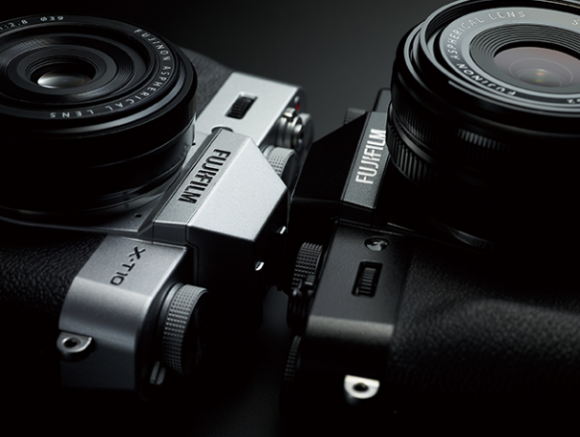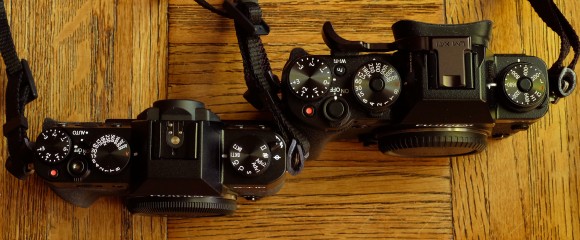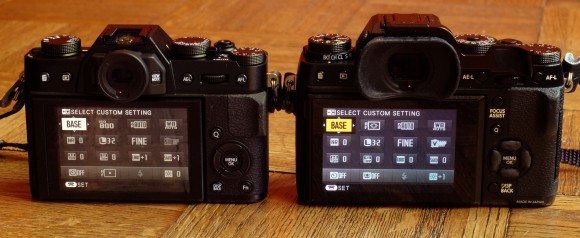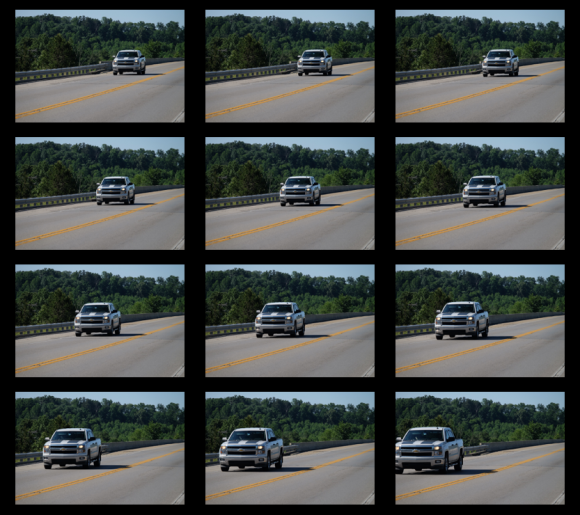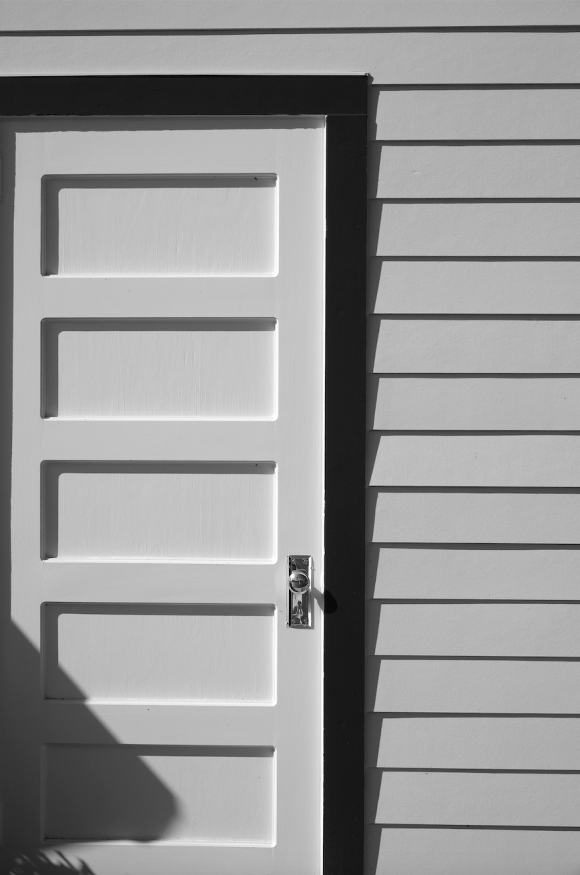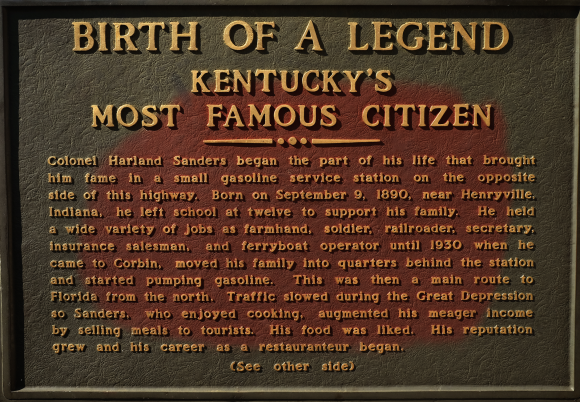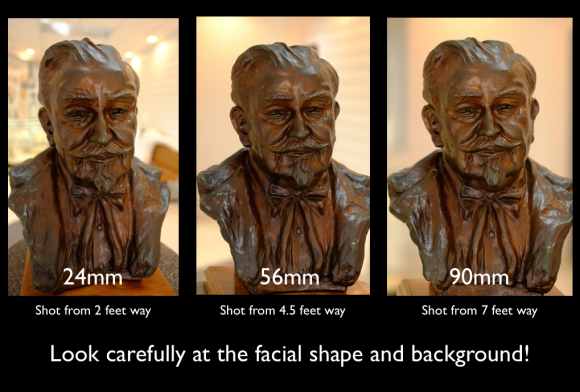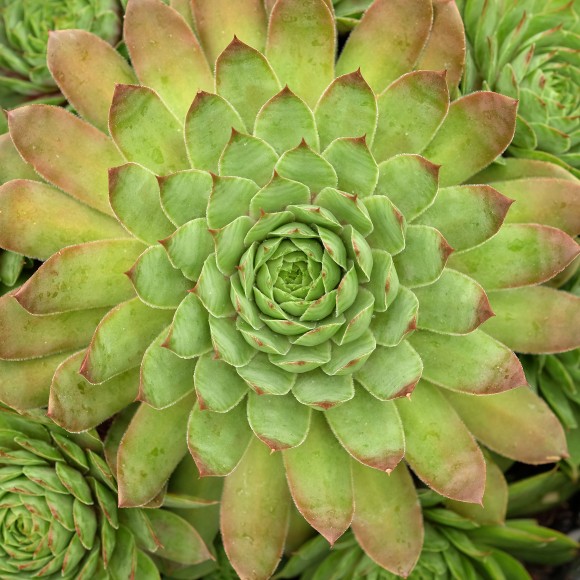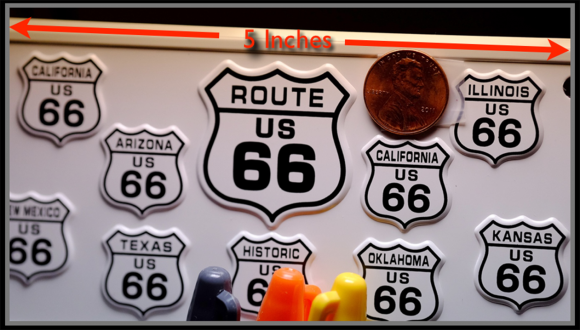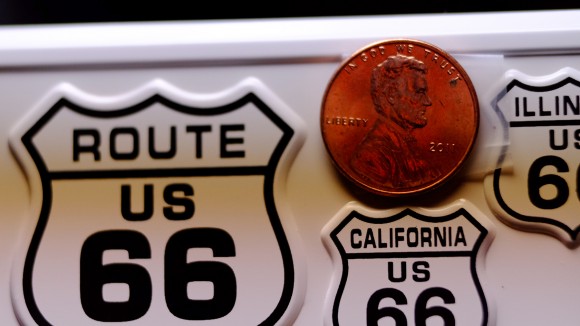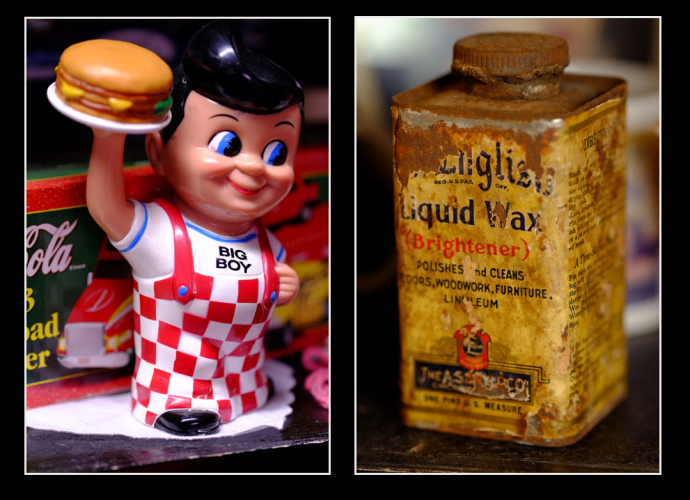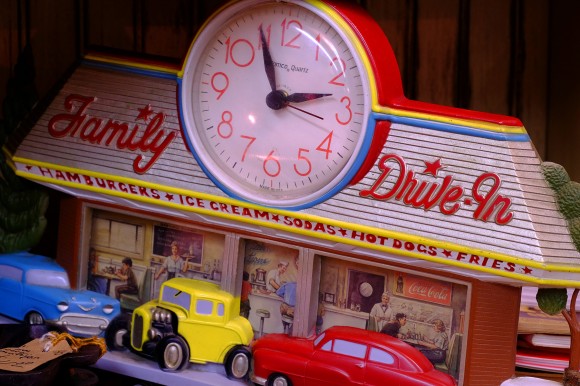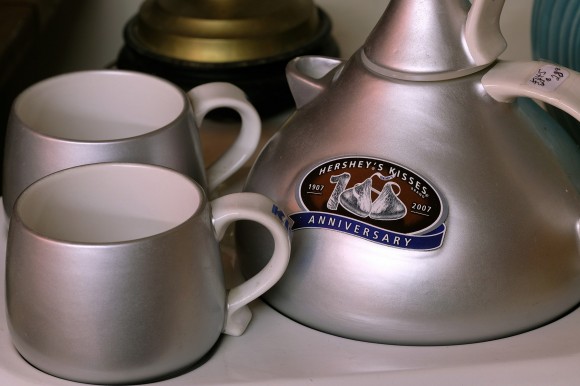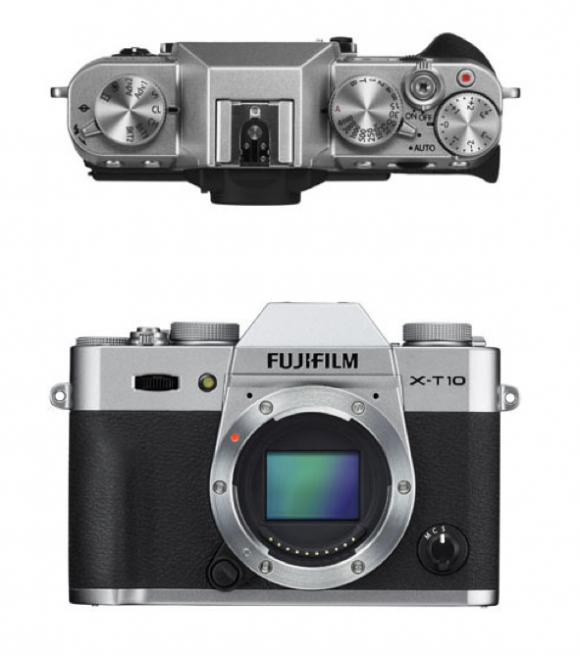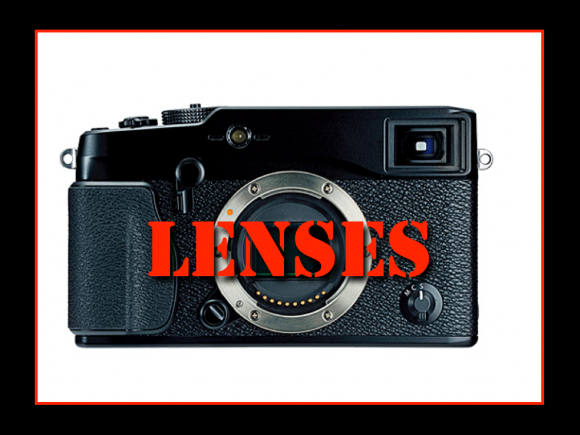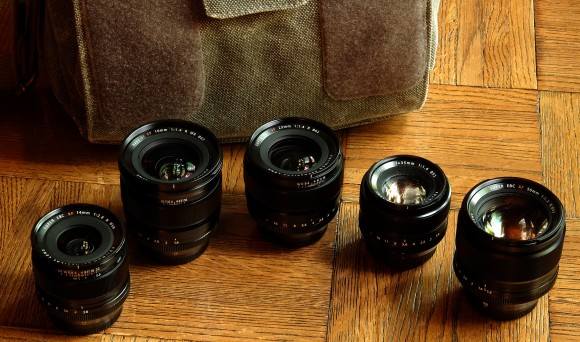Category : The Learning Center
Note: As with all my blog entries, this is my opinion, nothing more.
Why test cameras and lenses? Have you ever wondered why every photo magazine, hundreds of websites and youtube video channels pro-port to test camera equipment for us? How about cars, vacuum cleaners, and refrigerators. In fact there is an entire agency devoted to testing and comparing products, Consumer Reports. Why are we so wired about how products compare? I’m sure some of it is we value our money and don’t want to spend it unwisely, some is that we want the very best products we want for the money we have to spend. We want reliable things, no one likes a car that stays in the shop!
But, back to cameras and lenses, is there much difference between different brands? How much is the difference, and more importantly, how much does it matter in terms of what kind photography the gear will allow us to do?
I was watching a youtube video from a very popular gun guy, Hickok45. This man has hundreds of thousands of viewers and I’m convinced he is pretty knowledgable and trustworthy in his assessment of various things, gun related. His video was on accuracy, how do guns compare interns of there accuracy. His final point was that all guns are pretty much accurate, it is the shooter that is the biggest factor in hitting the target. I tend to agree. Are some guns inherently more accurate? Yes, is some ammunition more accurate? yes, does any of it matter as much as the person behind the gun? In my opinion, no.
Back to camera gear and testing. so then why do we test? Some folks are pixel peepers, they want to test everything to the inth degree. Before you think that was a harsh characterization, let me explain, I love pixel peepers, engineers are pixel peepers, mathematicians are pixel peepers, and I’m so glad someone is very concerned about the sheer strength of the bolts holding up the bridges I drive over, but someone is doing that, we don’t all have to, it’s covered. Some folks by their very nature want to study all the minute details, and that is fine, but those minute details don’t have a lot to do with practical making of photographs. So then why test? One reason would be quality control. Is any product being made properly, with good materials and built and designed to last? That would be a great reason to test a camera or lens. Will the glass, the coatings and the alignment produce sharp, distortion free, images, that would another good reason. I’m going to go out on limb and say most lenses are plenty good enough. Some are better than good enough, and some others are just exceptional. While that is true, great images can be made with lenses from all of theses categories!!!!
I test my cameras and lenses for a different reason alltogether! I want to determine if my cameras and lenses are capable of making exceptional technical images. Once I’ve determined that, when I don’t get exceptional, (technical), images, I know who to blame. It is only through finding the faults in our technique that we can become a better photographer, and knowing your gear is not the problem, is step one!!!
The images used as illustrations in this blog entry are from the Nikon D800, a camera I have not owned or used for over two years. The lenses all these images were made with were 1970’s and 80’s era manual focus Nikkor lenses, all very fine lenses, but not possessing all the modern coatings and latest break throughs like aspheric elements, and ED glass! Yet they are tack sharp and offer great color fidelity.
This is the value of testing your gear. Once you know it can make incredible images from a technical perspective, it is now time to become a photographer and learn how to see!!!!
Blessings,
the pilgrim
Personal Tech Note: I currently am shooting the Fuji X System, and only the Fuji X-System. After two years of working with this camera system and it’s lenses, I am convinced, that for me, it is the perfect balance between size, weight, capability and technical excellence. That in no way is damning of any other brand or system, it’s just I’ve found my home and I’m now concentrating on making images, and not worrying about how good the gear is! I still like to dabble in the gear, but I’m first and foremost a photographer
Yes Virginia, the Fuji is good enough, see below!
This post has 11 comments. Click here to read them
This entry was posted on Sunday, July 19th, 2015 at 3:08 pm
You can follow any responses to this entry through the RSS 2.0 feed.
On April 22nd, I was very happily at the Fujifilm National Sales Meeting to speak to the Fuji U.S.A. team. While with the troops I had the pleasure to see a number of new products. I got to hold and shoot a few images with the new Fuji X-T10. I was not allowed to share much at that time and yesterday I received a new production camera serial number 56L00003, the third new camera!! I was able to get it because I’m speaking at the unveiling in Nashville at Dury’s Camera on June 20th. Fuji wanted me to shoot some images with the camera of that event, and I requested one for me, as part of the deal!
This is not a technical review but a first impressions blog entry, but I have to say, this is going to be a very successful camera! I’ve seen many less expensive models introduced by many camera companies and in every case they have been downsized physically and sadly have lost lots of their most important features from the older brother in the line. Of course the X-T10 is somewhat less of a camera than the X-T1 at a price reduction of 40%, you would expect that, however, the X-T10 is missing none of the most important features of the older brother. It does features the same sensor, same processor, and makes identical images to the top model!! It lacks the water resistance, and has a slightly less aggressive viewfinder. However in the two days I’ve been shooting and switching back and forth between it and the X-T1, I don’t find it to be of great significance. The size and weight is very refreshing, I can see it as a wonderful travel camera where weight and bulk really matters. It features the new auto focus system that t he X-T1 will get when Firmware 4.0 is available in a couple of weeks. Trust me this is going make the X-T1 a significantly better camera,. Don’t you just love “Kaizen”! Below are some comparison shots of the operating controls and size perspective;
The feature most anticipated in this camera and Firmware 4.0 is the Focus Tracking feature and after a little test I can attest to how terrific it works. I first tested the cameras with the 50-140 f 2.8 lens, which I was sure it would work great, and it did. I was less hopeful for a lens I use a great deal the 18-135. Good news, that lens worked just as well and nailed every shot from a truck coming toward me at 60 mph! Is the system now sports worthy and a threat to Canon and Nikon? We will see, but there is no question that Fuji is continuing to make the X-T1 and the new X-T10 capable of a lot more than what we once thought they were made for! This is a significant step forward.
Below are three of the frames that show how tack sharp each and every frame was, like these.
The new Fuji X-T10 is also available in a Chrome color scheme, which is not only somewhat handsome, but the same price at the black model.
While it was not really necessary I went out and made a few images with the 35 f 1.4 , (one of my favorite lenses), Those are below, I think you will agree the X-T10 accounted for itself very well indeed!
O.K. some general impressions: Do I miss the ISO dial? Not really. How about the water residence? Truthfully, if it is pouring rain I go inside, or break out out and umbrella. I’ve found the non-water resistant cameras to do pretty well in light rain. Is it too small? No, but I think an “L” bracket from Really Right Stuff with a right side enlarged grip like the X-E2 unit would make it nearly perfect! Anything I simply love? You bet; the shutter release is threaded so I can go back to my manual releases, which I love!! The shutter release is also soft and very predictable. The pop-up flash is completely hidden and works very, very well, you can hardly tell a flash was used, which is how it should be! The control dial on the upper left top of the camera offers two BKT positions which is very handy so if you want to have two different brackets set-up, like film simulation and exposure compensation you can dial in the one you want, very handy indeed! Another convenient feature of this control know is two advanced filter choices, set-up in advance you can dial in quickly any special filter you use often, very nice! Double exposure and panorama (which works fantastic, by-the-way), can also be dialed in, very simple, and very appreciated!
The Bottom Line: Fuji has brought us a very affordable way to get into the Fuji X System and use all those glorious lenses. If you want a lighter camera for travel, a back-up for your X-T1, or are just entering the X System for the first time, I think you will find this camera a delight! One thing is for sure, if they want this one back they will have to come and get it!!!!
Blessings,
the pilgrim
Just-for-the-record: I shot lots of photos of eating establishments, I did not eat at any of them today, but have in the past, just for the record!
This post has 14 comments. Click here to read them
This entry was posted on Thursday, June 4th, 2015 at 4:11 pm
You can follow any responses to this entry through the RSS 2.0 feed.
Well, it’s finally a reality! The lens that many Fuji X Shooters wanted all along. A fast long portrait lens! It is that for sure, but it is so, so much more.
First the Physical Attributes: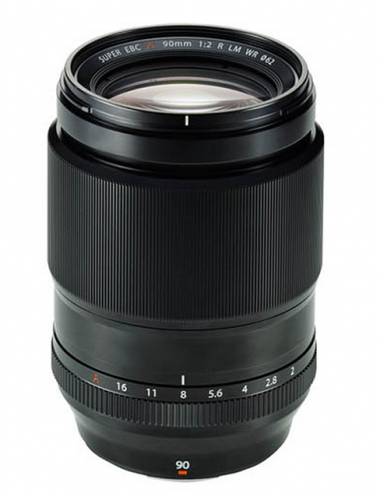
It’s approximately 4.5 inches long, excluding the hood.
It takes 62mm filters (this is important – more on that later!).
It has the heft of a slightly heavier 56mm f 1.2.
It’s supplied with a metal bayonet hood like the 60mm Macro.
F stop range is f 2 to f 16.
Minimum focus distance is less than 4 feet (more on that later)
The focus ring is exceptionally smooth and firm.
The aperture ring has good solid 1/3 stops detests like the 50-140.
It balances well with the X-T1 with or without the battery holder.
It is one of the most solid feeling Fuji lenses yet!!!
So why am I so “personally” excited about this lens. Don’t get me wrong, I love all my Fuji lenses, and I have almost all they have released, and each has it’s on special charms and abilities. This 90mm is the equivalent focal length of a 135mm lens and has a narrower angle of view than the 56mm and this gives it two advantages as a portrait lens; less background coverage and more working distance. Not all subjects are comfortable with you shooting from 4.5 feet away, but around 7 feet up can open their comfort space.
In the illustration below you can clearly see the visual difference in the portraits of Col Harlan Sanders bust (hey I don’t have any 22 year old super models in Corbin!! Dang you Damien Lovegrove!) See the difference in the face shape and background coverage as focal length and working distance changes.
If you photograph head and shoulder portraits, I think you can see why a longer fast telephoto has a special place in studio photographers bag! The 56mm does not need to have any fear, it still is the answer for some situations, but the 90mm will become my new “go to” people lens! But, I don’t do much portraiture, of course you only need to look as far as my subject matter, a mass of brass! No, I do nature, outdoor, travel and Americana work and for Americana this lens is one sweet tool. It is perfectly sharp corner to corner at all f stops, but where it is truly spectacular is when you shoot tight at f 2 and throw everything but a small plane of focus into a dramatic blur….. ah, Bokeh heaven!
This image shot in an antique shop of the letter strikers on an old typewriter show just how effective it can be!
One of the things I love the most about this lens is the wonderful smooth gradation of tones. This image of some gears on and old steam engine locomotive in Townsend,Tennessee shows that beautiful smooth tone to tone reproduction.
Now for me the big question for all lenses is how close can I get, and can it serve as a close-up lens if I need it to be? The test below will answer that question. Below is a small Route 66 license plate I picked up on my trip with a penny taped to it for size perspective, the first shot shows that the area shown is 5 inches across.
Okay, so this shot above is the closest you can shoot without any supplemental help. Below is how close you an get with the addition of the Fuji MCEX 11mm auto extension tube.
So let take it a step further and try the Fuji MCEX 11mm & 16mm auto extension tubes together. By-the-way if you happen to have any 62mm diopters like Nikons 5T and 6T, they work fantastic with them too!!!!
So yes Virginia, This lens does allow you to get in very close and fill the frame with tiny subjects. Here are few images I shot a local junk/antique shop! * These little antique store assignments are killing me, I bought the Rock n’ Roll Diner clock and the Big Boy!
So let’s sum it up, the new 90mm f 2 lens is a beautiful example of the lens maker’s art, as has been the case recently, each new lens from Fuji surpasses the last and that is no small accomplishment, the 16-55, the 50-140, the 16, and now the 90 are all superior lenses that have a real place in any shooter’s bag!
*NOTE: The lens I have been shooting for the last two weeks is a very late prototype, but very nearly a production lens. Trust me if the production model is any better, I’ll be shocked, this lens is clearly, ready for prime time!
One last item to talk about! I also got the chance in Phoenix to shoot with the New Fuji X-T10 – also announced today!
This will be a great entry point for people wanting to join the X System family. The price is right and it is a very capable little brother to the X-T1, about 25% smaller which is also cool. The images will be identical as it uses the same sensor as the X-T1. The build quality is the same solid metal kind of body we have come to expect. Though the viewfinder is smaller than the X-T1 it is very bright and very clear and shows 100% of the image . One neat note, the shutter release is again threaded for a manual release, or soft shutter release button, sweet! The controls are simplified but all the most important stuff is there! Oh yes, and the pop up flash is completely hidden in the pentaprism, and it’s autofocus system really kicks it! It will be a great travel camera!
The XC kit lens is very solid and better than the typical kit lens on less expensive cameras, I’d still spring of the marvelous 18-55 f 2.8-f 4, but you should not have any fear about the XC lens quality.
Well, hope this info helps as you consider your next additions to your Fuji system!
Blessings,
the pilgrim
About Harland Sanders: When I was a newspaper photographer in the early 1970’s I went to a picnic for charity and sat down at a picnic table to eat my picnic dinner. An older gentleman came over wearing as grey sport coat. blue shirt and tie and asked if he could sit with me, I was alone and said “sure, I’m all by my myself,” I looked at this distinguished gentleman with a white goatee sat down. I looked at him and said. “I know you form somewhere but I just don’t know where we’ve met?” He said “You’ve probably seen me around.” I said “I’m sorry I just don’t know where we have met, but I’m sure I know you.” At that he smiled, leaned in and said well son, I don’t always where that white suit!” It was Col. Harland Sanders of Kentucky Fried Chicken fame. His original restaurant is in Corbin where I live. Col Sanders would have been around 83 or 84 at the time. I was embarrassed, but he was a really nice man, and we had a great little talk!
P.S. the Nikon HN-23 lens hood is a perfect fit if you want a screw in hood to turn your polarizer, Below is the alternate hood from Amazon.
This post has 14 comments. Click here to read them
This entry was posted on Monday, May 18th, 2015 at 1:09 am
You can follow any responses to this entry through the RSS 2.0 feed.
OK, I admit it, I love lenses, what’s not to love!!! In the process of trying to capture those glorious moments of interesting subjects and great light, they are what focuses the image onto the sensor! No single factor has more of an affect on the final image than the lens! A lens has to do a lot of important things: sharply render the details, keep the color correct, maintain contrast, prevent contrast robbing flare, faithfully capture the intricate variations of color, and much more!!!!
Here are a few of my most frequently asked questions about lenses:
1. Are single focal length lenses better than zooms?
First you need to define BETTER! Example, if you are standing on the sidelines of a soccer game and your 60mm lens does not reach out far enough to fill the frame with a single player you want to capture, a 70-200 is better! Is there a difference in image quality? Yes, but usually only a very small amount! In the Fuji system the 16 f 1.4 is sharper at 16mm than the 16-55 f 2.8 at 16mm, but only by a small margin. Zoom lenses are more complex and thus harder to correct to the ” inth” degree, but today, with ED and Aspheric glass elements they’re coming extremely close to the quality of primes! Primes still win by a nose!
2. If the difference is small between zooms and primes, why bother with primes?
Primes advantages are usually, larger maximum apertures ( often f 1.2, 1.4, or f 2) vs f 2.8 or slower on zooms. Primes are usually smaller and more compact. Primes also require the photographer to change physical distance and position, which increases your photographic abilities, and often results in unique images! Primes also keep the X-System small and managable!
3. So which should I buy?
I would say a few of each! If you do mostly street, portrait, fashion, and fine art work, I might lean to primes. If you are a nature, landscape, wildlife, or sports shooter, zooms are hard to beat! So, if you do some of all the above, a combination will serve you well.
4. The obvious question is which ones!?
This a lot tougher question, because as John Shaw used to say to all questions, “It all depends!” For example, a nature landscape shooter might find that a wide angle zoom (for me the 10-24), a mid-range zoom, (16-55), and a telephoto zoom ( either the 55-200 or the 50-140) and some way to do close-ups ( for me the 60mm Micro, Diopters and auto extension tubes). If you also like to photograph people both portrait and environmental portraits, a fast 23mm and 56mm might fill the bill!
Travel shooters can do a lot of great work with just the 14mm f2.8 and the 18-135, giving a range of focal lengths of from 21mm to 200mm in just two lenses!
A photojournalist who works in very low light might do great with a 16mm, 23mm, 35mm and 56mm all at 1.2 speed, the 56mm at 1.2 speed! They will be prepared for almost everything, except sports!
5. What is your solution to which ones to own and carry?
I have broken my lenses into two categories and they are bagged separately. In one bag I have my speed lenses. Primes with fast maximum apertures, below;
Left to Right; 14mm f 2.8, 16mm f 1.4, 23mm f 1.4. 35mm f 1.4, and the 56mm f 1.2, I will add the 90mm f 2 to this bag when it becomes available.
Zooms:
In a small Think Tank Airport Essentials Backpack I have three bodies 2 X-T1s and an X-E2 plus the zooms below;
Left to Right; 60mm Micro and two MCEX 16mm auto extension tubes and one MCEX 11mm tube, Samyang 8mm fisheye lens f 2.8, 10-24 f 4, and 16-55 f 2.8,ND 50-140 F 2.8. Not shown because it was being used to make this image, the 18-135 f 3.5-5.6 zoom. I additionally own the 55-200 f 3.5-4.8 zoom and the 18-55 f 2.8-4 zoom.
Since I travel by car, as much as possible, I can have both bags handy for the kind of work I’m doing at the moment. When I travel by air I generally take the zoom kit in a rolling bag, the Think Tank Airport Security 2.0 along with my laptop and accessories.
I am really looking forward to the promised 1.4 converter and the 120 mm Micro f 2.8 OIS WR, hopefully coming next year!
6. What about long glass?
There are several things on that. First, Fuji does not “currently” have any rally long lenses. They are showing a 100-400 f 4.5-5.6 on the Lens Road Map for next year, that would be a 150mm to 600 mm at pretty reasonable speed for most of us, and if it autofocuses quickly it may be all some of us will ever need!!! Fast 300mm, 400mm. 500mm. 600mm like Canon and Nikon? Nope, not yet, but I’m sure they are working on it. For now if you do not need autofocus for your long glass shots, you can use older legacy glass from all the major manufacturers with adapters. I use the Nikon 300mm f 4.5 IF-ED (45omm equiv.) and the 400 f 3.5 IF-ED (600mm equiv.) with great success!
This image in the Palouse Region of Washington State was made with the Nikon 300mm with an adapter.
Having said all this, please remember Rod Planck’s famous quote, “Technique beats equipment, everytime!!!”
Blessings,
the pilgrim
This post has 14 comments. Click here to read them
This entry was posted on Monday, May 11th, 2015 at 12:42 pm
You can follow any responses to this entry through the RSS 2.0 feed.



